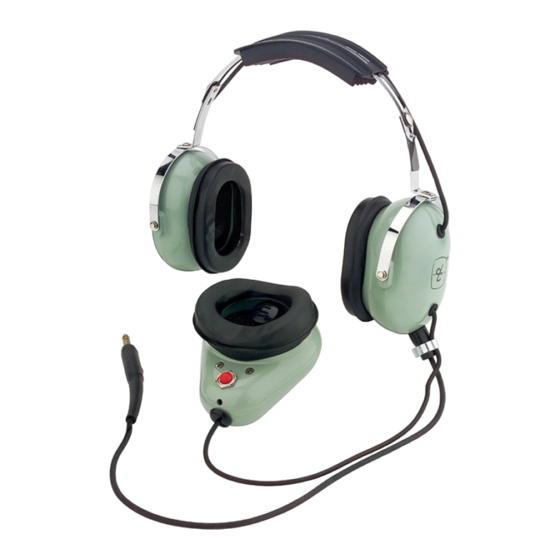
Advertisement
The effectiveness of a hearing protector in reducing noise is known as its "attenuation". Attenuation is measured in decibels (dB). Federal law requires a
standardized method of measuring and summarizing a hearing protector's noise attenuation, known as the Noise Reduction Rating (NRR).
The following information can be obtained from the NRR:
1.
A hearing protector with a higher NRR than another model hearing protector is likely to give the wearer
more protection. For example, if hearing protector A has an NRR of 25 and hearing protector B has an
NRR of 21, hearing protector A will give most users 4 dB more protection than hearing protector B.
2.
The noise level (dB) to which you are exposed while wearing a hearing protector can be estimated by
subtracting the NRR from the measured work place noise level. For instance, if the work place noise
level is measured to be 100 dB and a hearing protector with an NRR of 21 is properly worn, most users
would experience a noise level no greater than 79 dB while wearing the hearing protector (100 - 21=79).
Federal law requires the following statement concerning use of the NRR:
"The level of noise entering a person's ear, when a hearing protector is worn as directed, is closely approximated by the difference between the A -
weighted environmental noise level and the NRR.
EXAMPLE: 1.
The environmental noise level as measured at the ear is 92 dBA.
2.
The NRR is 17 decibels (dB).
3.
The level of noise entering the ear is approximately equal to 75 dBA.
CAUTION:
For noise environments dominated by frequencies below 500 Hz the C -
weighted environmental noise level should be used."
Frequency (Hz)
125
Attenuation (dB)
22.4
Standard Deviation
3.2
CAUTIONS:
1.
Limitations on Effectiveness of NRR
The NRR is required by federal law and may not be an accurate indicator of afforded protection for your particular use. The use of a hearing protector
device, regardless of the NRR, will not guaranty adequate protection from hearing loss for all people under all possible circumstances. Consult your
physician frequently when being exposed to high noise levels. If exposure to high noise levels occurs during employment, consult with your employer
regularly as well.
The NRR does not address other important factors such as durability, suitability for the work environment, maintenance, or wearer comfort; therefore,
NRR should not be the only reason for choosing the most appropriate hearing protector for the work environment.
The hearing protector should provide the necessary attenuation at the specific frequencies prevailing, which the NRR does not take into consideration,
i.e., a hearing protector with a high NRR may attenuate poorly at the frequencies in your work environment.
19500P-89 (10-15)
USE AND CARE INFORMATION
MODEL(S) H3312
ATTENUATION CHARACTERISTICS
250
500
1000
25.5
30.3
33.3
3.2
3.0
2.2
2000
3000
4000
34.1
39.3
39.9
2.5
2.6
2.4
6000
8000
38.7
38.3
2.5
3.5
©2015 David Clark Company Incorporated
Advertisement
Table of Contents

Summary of Contents for David Clark H3312
- Page 1 The hearing protector should provide the necessary attenuation at the specific frequencies prevailing, which the NRR does not take into consideration, i.e., a hearing protector with a high NRR may attenuate poorly at the frequencies in your work environment. ©2015 David Clark Company Incorporated 19500P-89 (10-15)
- Page 2 CAUTIONS (continued) Use in Impulsive Noise Areas Federal Law requires the following statement: "Although hearing protectors can be recommended for protection against the harmful effects of impulsive noise, the noise reduction rating (NRR) is based on attenuation of continuous noise, and may not be an accurate indicator of the protection attainable against impulsive noise, such as gunfire."...













Need help?
Do you have a question about the H3312 and is the answer not in the manual?
Questions and answers